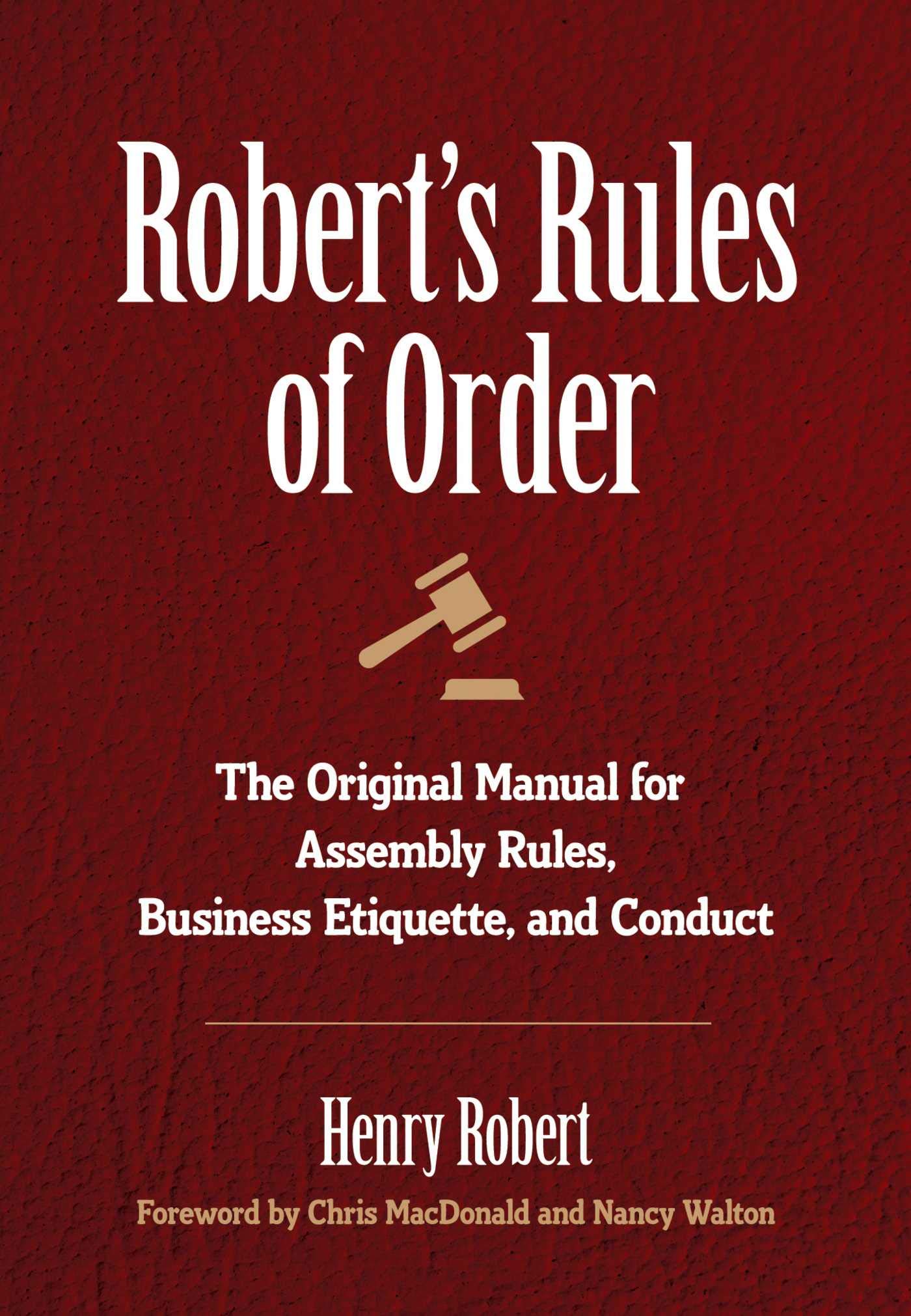The Small Business Reorganization Act took effect in February of 2020, adding a streamlined Chapter 11 bankruptcy process for businesses with less than $7M in debt, and in April the bankruptcy court in Massachusetts issued some new local rules for handling these cases.
Local rule 1002 -1 implements the requirement that the judge assigned to a SBRA case must hold a status conference on the case no later than sixty days after it is filed. Although the local rule doesn’t mention it, debtor’s counsel should be aware that a statement summarizing the status of negotiations with creditors must be filed 14 days prior to the conference, or in other words, no later than 46 days in to the case.
Rule 2014-1 has been amended to reflect that professionals with claims of less than $10,000.00 against the debtor can now be employed to do post-petition work in the case without triggering a conflict of interest.
Rule 3014-1 forces creditors to make their section 1111(b) election no later than 14 days in to the case. Under secured creditors can elect to protect themselves against a debtor undervaluing collateral supporting a loan, but have to give a vote on treatment of unsecured claims.
Rule 3017.1-1 allows some small business debtors to move for a combined hearing on disclosures and plan confirmation, and provides a suggested motion and forms to use. The wording of this rule is interesting, because it confirms that there are now not two, but three paths for a Chapter 11 case: small business treatment under the SBRA, small business treatment under the pre-existing Chapter 11 code sections, and what might be called “large business” bankruptcy.
Rule 3022-1 has been clarified to specify that an SBRA case is fully administered when the case trustee has finished his work — which may be 3-5 years after filing, considering the length of SBRA Chapter 11 plans.
